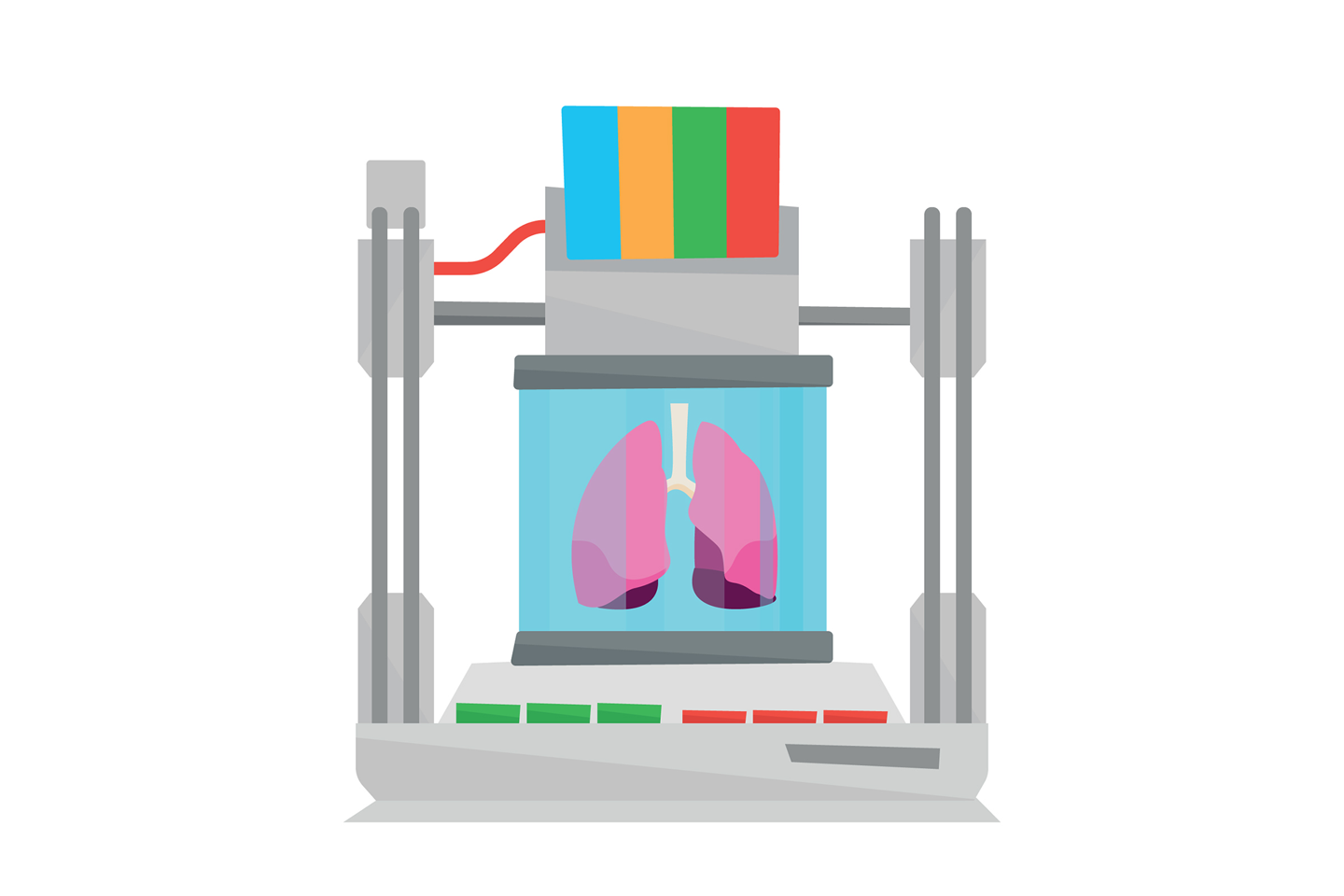 This series of learning modules will walk you through the basics of why IAQ matters, the impact of operating 3D printers on IAQ, what Chemical Insights and Georgia Tech’s research found, and what you can do to best mitigate the unintended consequences associated with this exciting, innovative technology. Complete all four learning modules to expand your knowledge of how to mitigate exposure to 3D printer emissions.
This series of learning modules will walk you through the basics of why IAQ matters, the impact of operating 3D printers on IAQ, what Chemical Insights and Georgia Tech’s research found, and what you can do to best mitigate the unintended consequences associated with this exciting, innovative technology. Complete all four learning modules to expand your knowledge of how to mitigate exposure to 3D printer emissions.
At Chemical Insights, our mission is to advance safe and healthy working, learning and living environments. Providing free and accessible education—driven by our amassed knowledge, scientific studies, rigorous laboratory testing, and collaboration—is central to this critical mission. Through our education, Chemical Insights tells the story behind the science for a safer, healthier tomorrow.
We’d love to hear your feedback! Contact us with any questions or comments. Follow Chemical Insights on Facebook, Twitter, Instagram and LinkedIn, and subscribe to our YouTube channel for updates on their research and organizational news. Please note: All learning modules are best viewed in Mozilla Firefox, Google Chrome, Microsoft Edge or Safari.
Part 1: Indoor Air Quality & Human Health
In recent years, studies performed by the U.S. Environmental Protection Agency have consistently ranked indoor air pollution among the top five environmental risks to public health. Improving IAQ is the key to protecting human health and well-being. This module will review basic information that will help you minimize your exposure to potential indoor air pollutants and protect your health. It will identify common types of indoor air pollutants, including their sources and health impacts. Then, it will explore strategies for minimizing exposure to pollutants and provide strategies for managing IAQ. This module is a helpful primer for those needing a basic grounding in IAQ considerations.
Duration: 10–15 minutes
Part 2: The Impact of 3D Printers on Air Quality & Human Health
Researchers at Chemical Insights completed a multiyear study with Georgia Tech on the impact of 3D printer emissions on IAQ. This module will walk you through their key research findings. Learn about the two types of emissions found: volatile organic compounds (VOCs) and ultra-fine particles (UFPs) and what factors impact these emissions. The module will detail the unintended consequences associated with this exciting, innovative technology.
Duration: 10–15 minutes
Part 3: The Story Behind the Research: 3D Printers & Their Emissions
Take a behind-the-scenes look at the multiyear research study conducted by Chemical Insights and Georgia Tech. This module will define the scope and goals of the research, as well as detail the methodology used. It will then walk through the results and begin to explore outcomes and next steps for moving from research to practice, including valuable lessons learned for 3D printer manufacturers, purchasers and users.
Duration: 10–15 minutes
Part 4: Strategies for Mitigating 3D Printer Emissions
The final module in this series outlines strategies for mitigating the unintended consequences of 3D printers. It walks through three categories of strategies: purchasing, location and operation. Each section contains tangible recommendations to reduce potential exposure to pollutants. The module concludes with a high-level overview of the hierarchy of controls to guide you to the most effective mitigation approaches. Collectively, this series empowers you to understand the impact of 3D printers on IAQ and take preventive or corrective action as needed to safeguard human health and well-being.
Duration: 10–15 minutes
To receive a certificate of completion, please complete the course on Chemical Insights’ website.